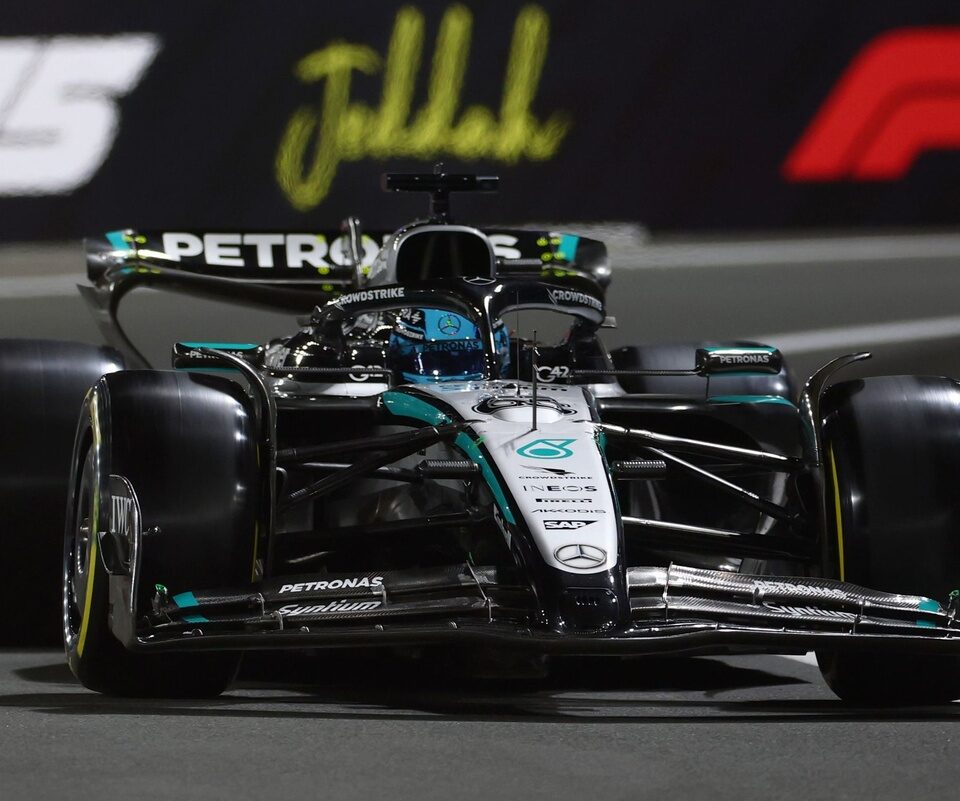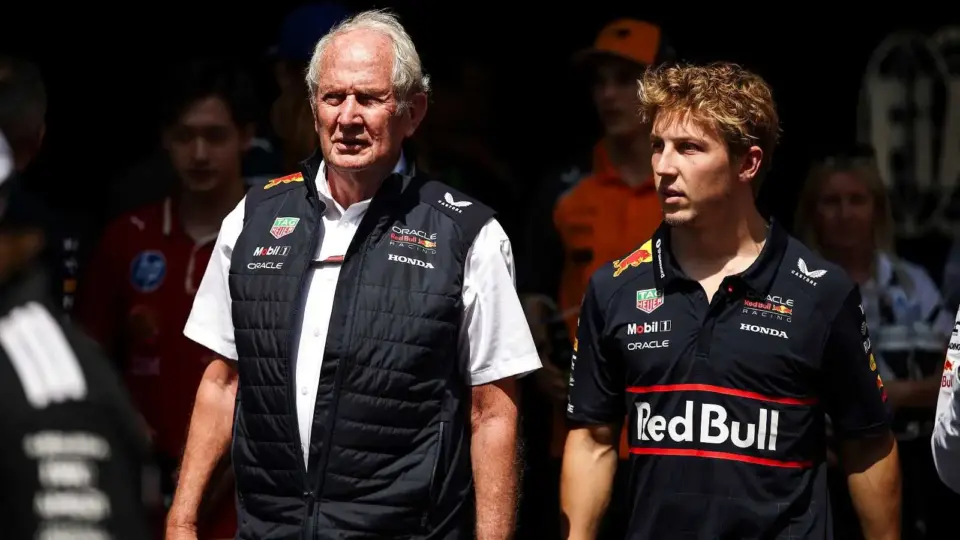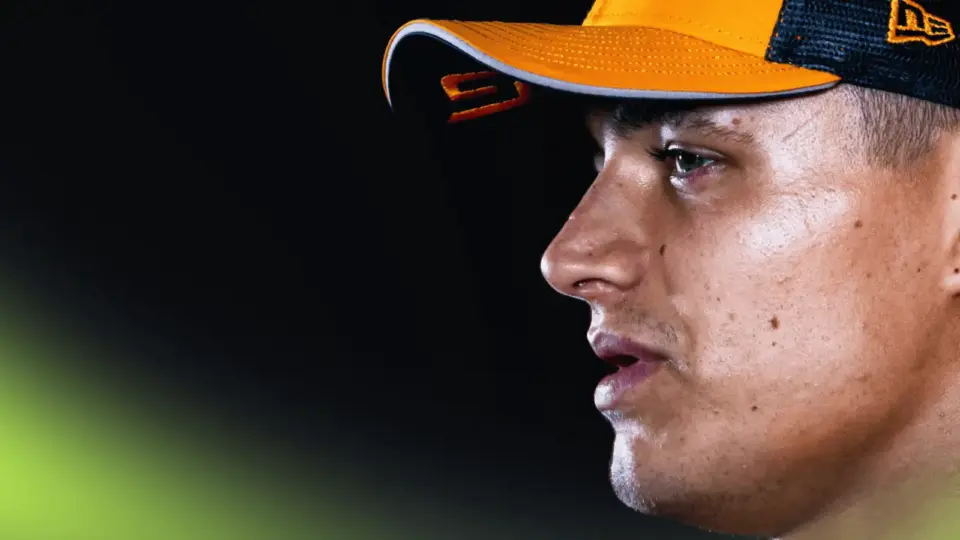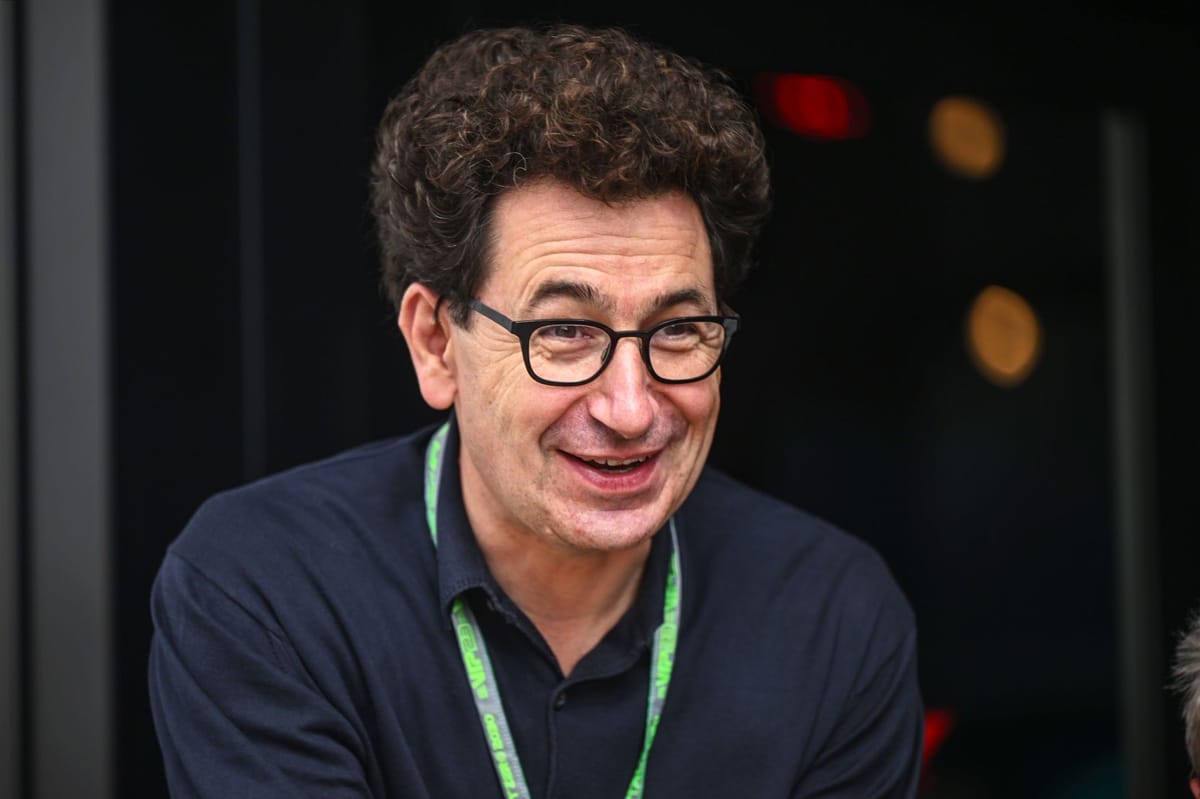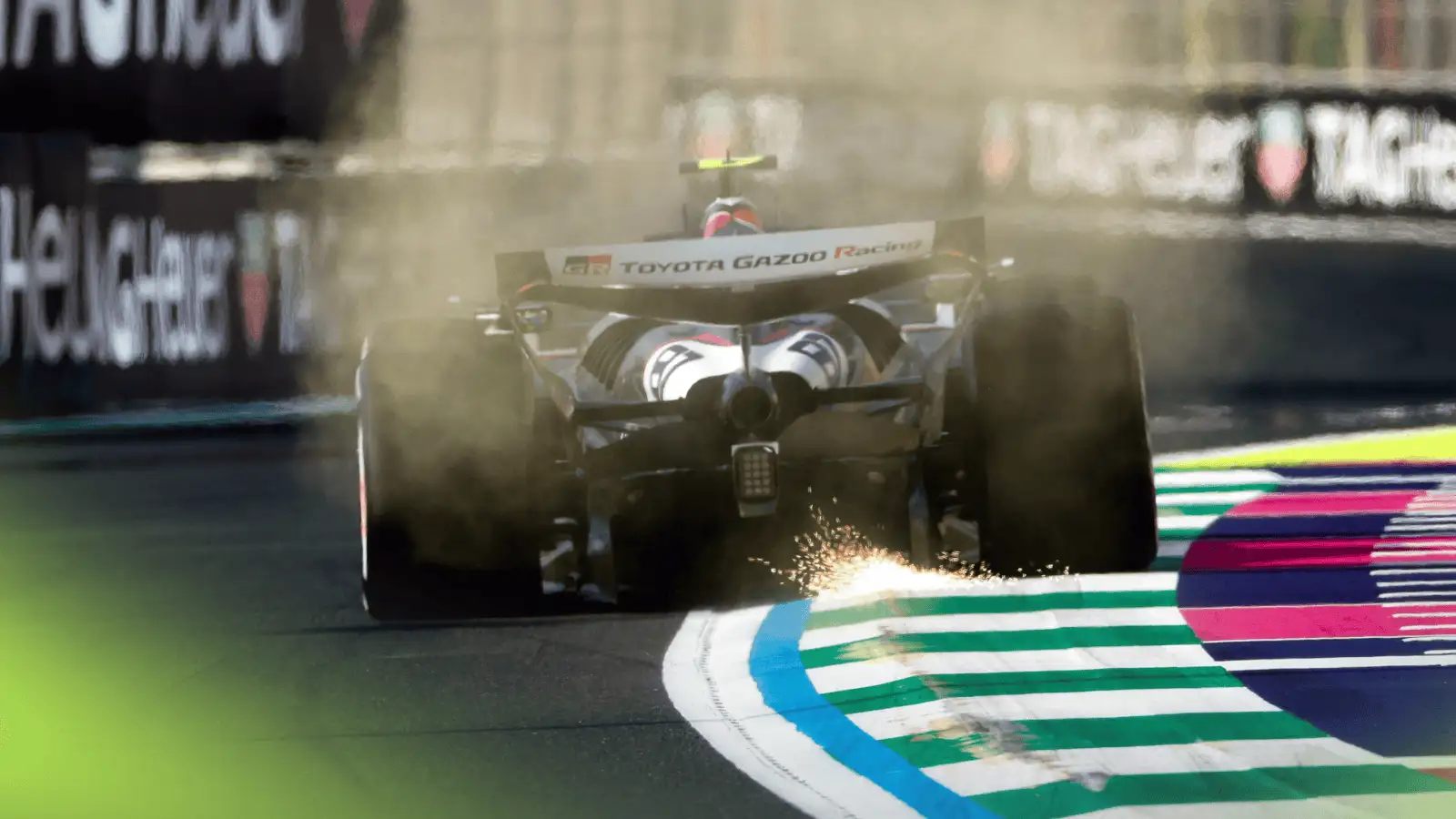The Saudi Arabian Grand Prix turned into a puzzling ordeal for Mercedes, as their promising start in Jeddah transitioned into a struggle with tire blistering—an unusual phenomenon for this circuit. Known for its gripping asphalt, Jeddah’s track paradoxically left the Mercedes team searching for answers instead of celebrating anticipated victories.
Mercedes fans were left scratching their heads as the team’s cars, which had performed impressively in qualifying, succumbed to unexpected tire temperatures during the race. The term “blistering” became the word of the day as both front and rear tires overheated to the point of losing grip entirely, raising questions about thermal management strategies. As Mercedes driver George Russell put it, the tires “were like a balloon,” inflating uncontrollably and stripping the car of its competitive edge.
Interestingly, Mercedes had anticipated graining issues, where tires wear unevenly when not reaching optimal temperatures, but instead faced the opposite. This development caught the team off-guard, given their belief that the W16 was equipped to handle Saudi’s race conditions. The car had demonstrated a competent pace in Bahrain and was expected to shine in sectors where medium-to-high-speed corners presented advantages.
Russell’s challenges were evident from the start of the race. Despite a strong qualifying session, he quickly fell behind competitors due to tire degradation that spiraled beyond their control. Attempts to maintain pace with leaders like Max Verstappen only compounded the problem, leading to significant loss of speed, particularly in the critical second sector of the track.
This setback was not only unexpected but contrasted starkly with Mercedes’ early-season performance where they seemed to have tamed tire temperature challenges. In Sakhir, for instance, they successfully executed a strategy on soft tires that other teams deemed impractical. However, in Jeddah, this confidence was misplaced as tire overheating sabotaged potential successes.
Team Principal Toto Wolff described Jeddah as their “worst performance of the year,” acknowledging the need to address the blistering issue head-on. Meanwhile, comparisons within the team revealed differing experiences; George Russell faced severe challenges, whereas Andrea Kimi Antonelli recorded competitive times against the likes of Ferrari’s Charles Leclerc, albeit with a strategy sacrificing early speed to gain in the later laps.
Telemetric data showed stark differences in corner speeds between Mercedes and the race leaders, intensifying as Russell’s tire issues worsened. The team struggled to replicate Saturday’s qualifying pace during the race, particularly in sectors previously identified as strengths. As Russell’s pace fell, so did Mercedes’ hopes for a podium finish in what should have been a favorable venue for them.
Ultimately, Mercedes’ stint in Jeddah serves as a critical reminder that even anticipated tracks can bring unforeseen challenges. The team must now dive into analysis to ensure that such blistering issues do not repeat, potentially jeopardizing their championship prospects. Moving forward, their focus will be on refining thermal management strategies to keep their season on track and maintain competitiveness in the ever-demanding world of Formula 1.
